Welcome to About Bali section, where you can learn and feel about bali itselfs.
The Ubud Monkey Forest is a nature reserve and Hindu temple complex in Ubud, Bali, Indonesia.
Its official name is the Sacred Monkey Forest Sanctuary (Balinese Mandala Suci Wenara Wana), and its name as written on its welcome sign is the Padangtegal Mandala Wisata Wanara Wana Sacred Monkey Forest Sanctuary. The Ubud Monkey Forest is a popular tourist attraction and is often visited by over 10,000 tourists a month.
The Monkey Forest lies within the village of Padangtegal, which owns it. The village’s residents view the Monkey Forest as an important spiritual, economic, educational, and conservation center for the village.
The Ubud Monkey Forest describes its mission as conservation of the area within its boundaries according to the Hindu principle of Tri Hata Karana (“Three ways to reach spiritual and physical well-being”), which seeks to make people live harmoniously during their lives. The “three ways” to this goal under the Tri Hata Karana doctrine are harmonious relationships between humans and humans, between humans and the natural environment, and between humans and The Supreme God. Accordingly, the Monkey Forest has a philosophical goal of creating peace and harmony for visitors from all over the world. It also seeks to conserve rare plants and animals for use in Hindu rituals and to provide a natural laboratory for educational institutions, with a particular emphasis on research into the social interaction of the park’s monkeys with one another and their interaction with the park’s natural environment.
The Ubud Monkey Forest covers approximately a tenth of a square kilometer (approximately 10 hectares or 27 acres) and contains at least 115 different species of trees. The park is heavily forested and hilly, A deep ravine runs through the park grounds, at the bottom of which flows a rocky stream. Trails allow visitors access to many parts of the park, including the ravine and stream.
The Monkey Forest grounds have a forest conservation area, a public hall and gallery, an open stage, a canteen, a first aid center, a police post, parking and toilet facilities, and a composting facility.
In 2011, approximately 605 crab-eating macaques (Macaca fascicularis) – 39 adult males, 38 male sub-adults, 194 adult females, 243 juveniles, and 91 infants – lived in the Ubud Monkey Forest; they are known locally as the Balinese long-tailed monkey. The park staff feeds the monkeys sweet potato three times a day, providing them with their main source of food in the park, although bananas are for sale in the park for tourists wishing to feed the monkeys, and the monkeys also feed on papaya leaf, corn, cucumber, coconut, and other local fruit. For the sake of the monkeys’ health, visitors are prohibited from feeding them snacks such as peanuts, cookies, biscuits, and bread.
There are five groups of monkeys in the park, each occupying different territories; one group inhabits the area in front of the Main Temple, another the park’s Michelin area, a third the park’s eastern area, and a fourth the park’s central area, while the fifth group lives in the cremation and cemetery area.[1] In recent years, the monkey population has become larger than an environment undisturbed by humans could support; it continues to grow, with the population density in 2013 higher than ever. Conflicts between the groups are unavoidable; for example, groups must pass through one another’s territory to reach the stream during the dry season, and increasing population pressures also are bringing the groups into more frequent contact.
The monkeys rest at night and are most active during the day, which brings them into constant contact with humans visiting during the park’s business hours. Visitors can observe their daily activities – mating, fighting, grooming, and caring for their young – at close range, and can even sit next to monkeys along the park’s paths.
Dogs – which otherwise might intimidate the monkeys – are not allowed in the Ubud Monkey Forest, and the monkeys have lost their fear of humans. Generally, they will not approach humans who they believe are not offering food, but they invariably approach human visitors in groups and grab any bags containing food that the humans have. They may also grab plastic bottles and bags not containing food, as well as reach into visitors’ bags and trouser pockets in search of food, and will climb onto visitors to reach food being held in a visitor’s hand, even if the food is held above a visitor’s head. The visitor will notice the interesting phenomenon of numerous obese monkeys, a testament to the almost unbounded food supply the huge number of tourists entering the forest provide.
The park staff advises visitors never to pull back an offer of food to a monkey or to touch a monkey, as either action can prompt an aggressive response by the animal. Although they generally ignore humans who they believe do not have food, they sometimes mistake a human’s actions as an offer of food or an attempt to hide food. If a human does not provide the food the monkeys demand or does not provide it quickly enough, the monkeys occasionally will bite the human; in fact, monkeys bite tourists daily and videos of many of these attacks can be found on YouTube. Monkey bites are a very serious medical event given the variety of viruses monkeys carry that can be transferred to humans. For example, Herpes B virus, which frequently causes death in humans, is prevalent in crab-eating macaques, and should be assumed to be prevalent in the monkey populations in the Ubud Monkey Forest.
Park personnel carry slingshots with which to intimidate aggressive monkeys and intervene quickly in confrontations between monkeys and humans. Given the monkeys’ apparently increasing aggressiveness toward humans and the risk their bites pose to human health, Balinese politicians have called for a cull of crab-eating macaques in Bali. Authorities have not formally accepted these calls.
The Ubud Monkey Forest contains a fenced enclosure for a small herd of Timor rusa (Rusa timorensis timorensis), a type of deer native to the island of Timor. Visitors may view the deer enclosure.
The Ubud Monkey Forest is owned by the village of Padangtegal, and village members serve on the Monkey Forest’s governing council. The Padangtegal Wenara Wana Foundation – “Wenara Wana” being Balinese for “Monkey Forest” – manages the Monkey Forest and serves to maintain its sacred integrity and to promote it as a destination for visitors.
About Bali History :
About Bali Part 1
About Bali Part 2 : Kecak
About Bali Part 3 : Art
About Bali Part 4 : Tanah Lot Temple
Thats all for this week.
See You next week.
BREAKING NEWS | HEADLINE NEWS | NEWS | DAILY NEWS | WEEKLY NEWS
WORLD NEWS | INDONESIA NEWS | BALI NEWS






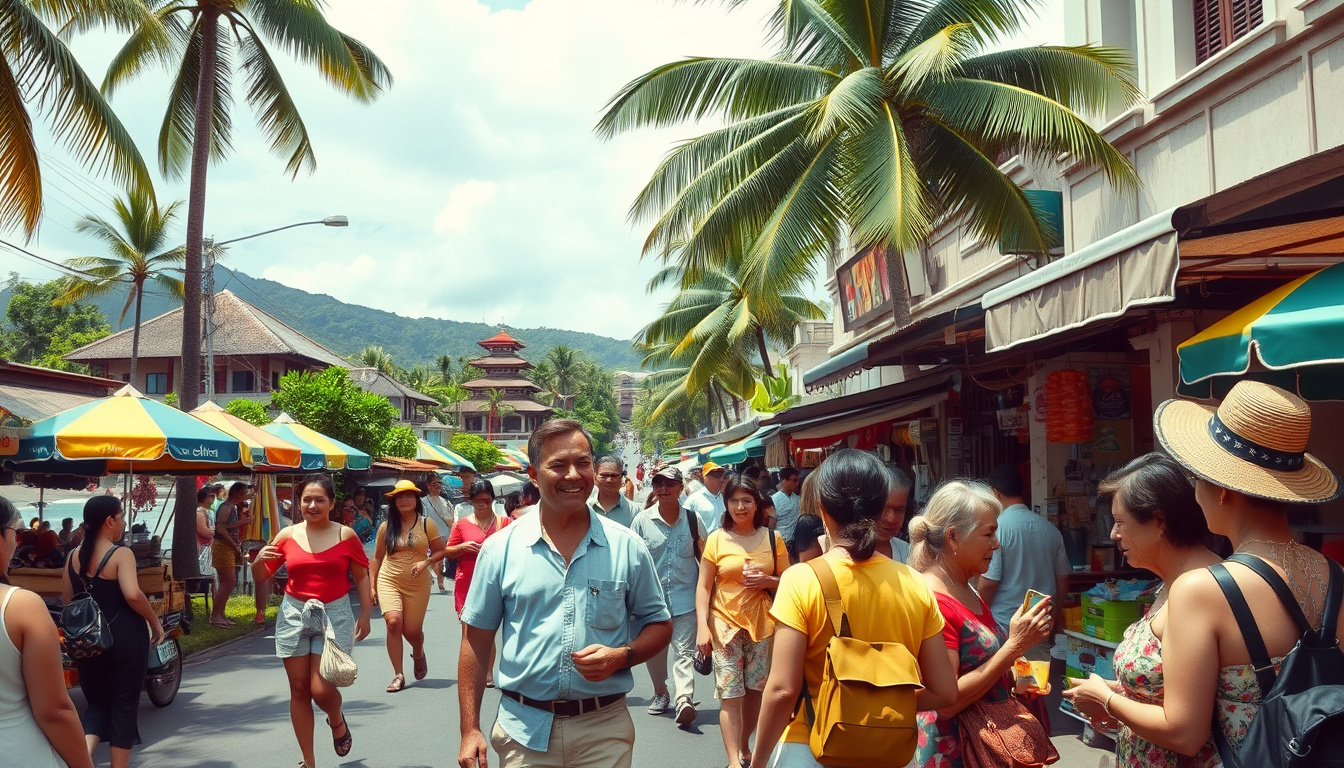
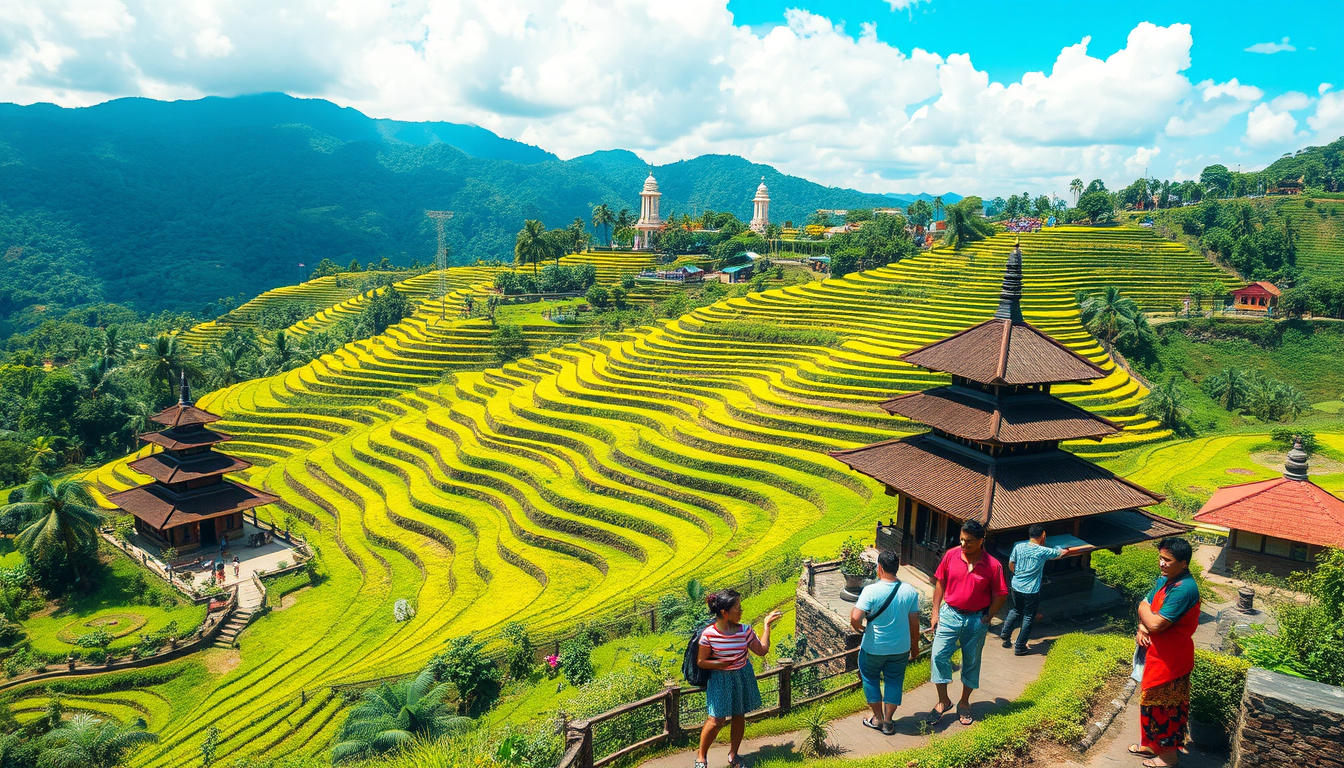

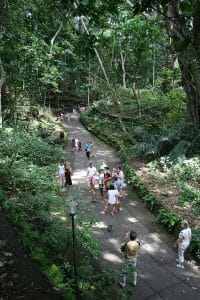

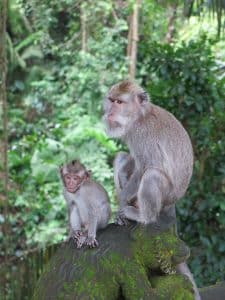

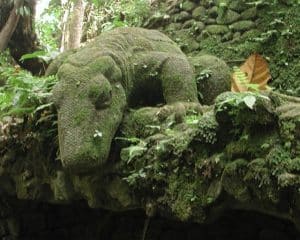

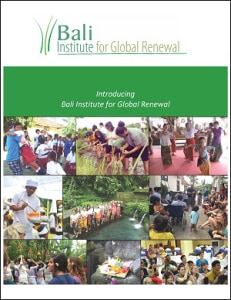

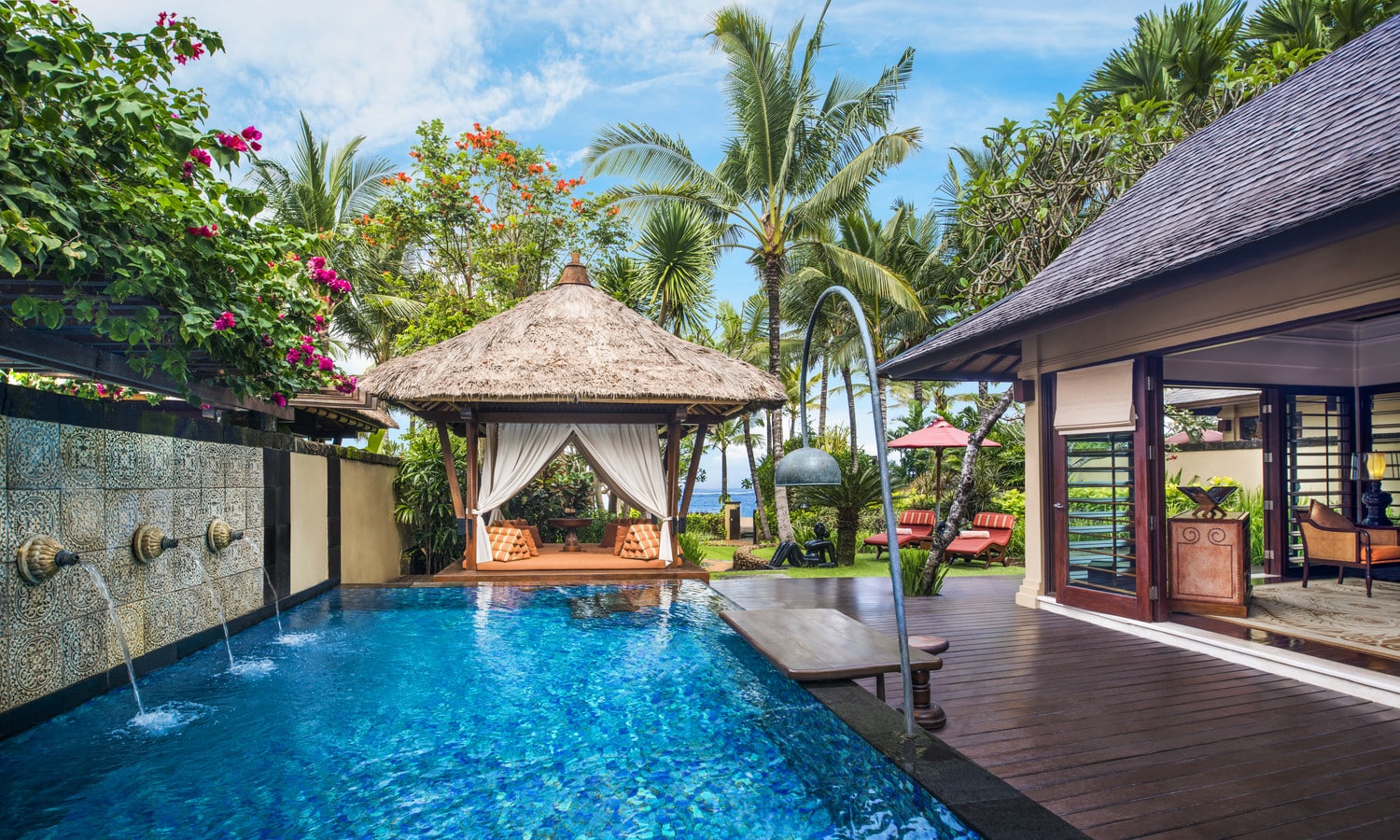





Add a comment